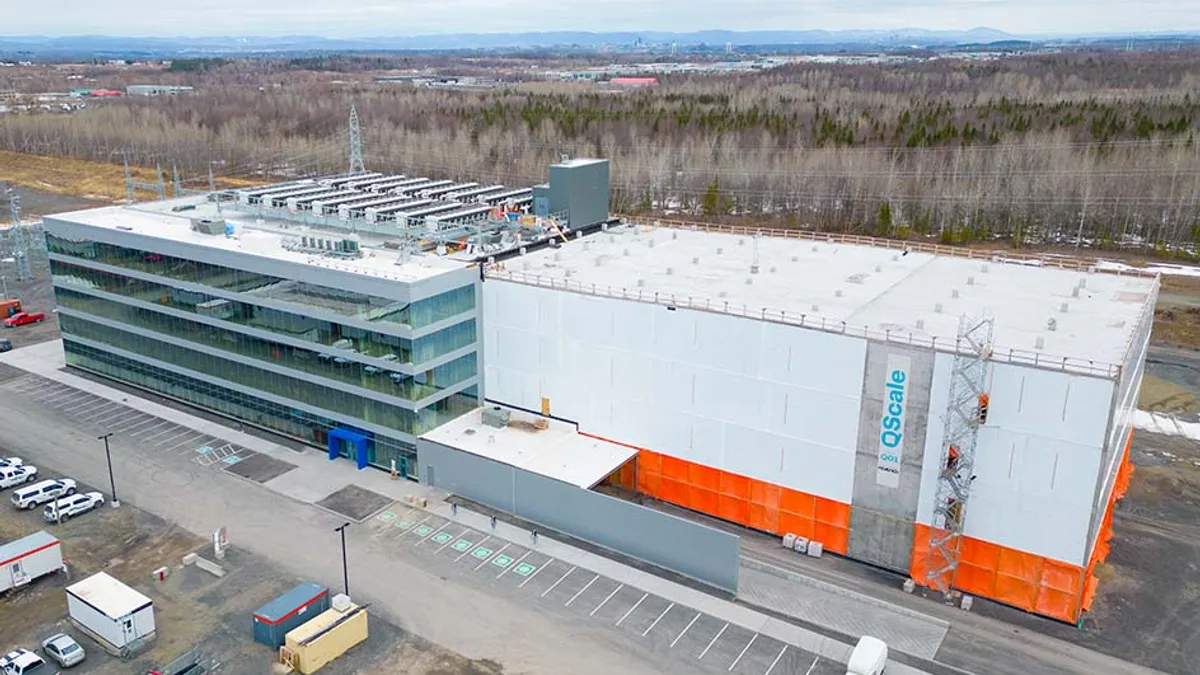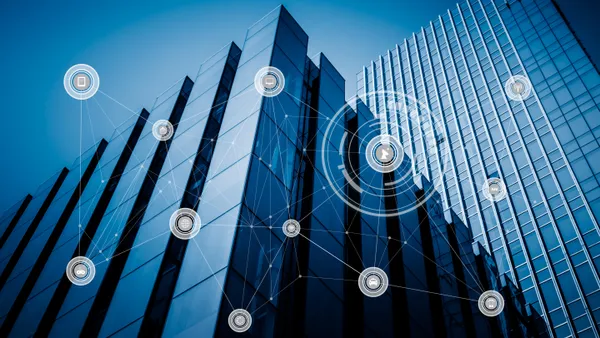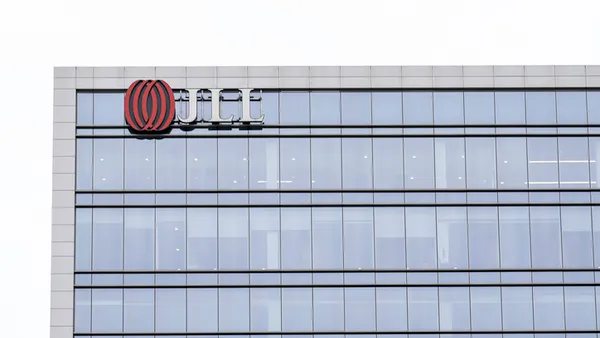Rapid growth in artificial intelligence is fueling data center demand, but power constraints are swelling building costs, said Gordon Dolven, director of Americas data center research at CBRE.
Those construction costs have generally increased across all U.S. regions, yet the Northern Virginia, Dallas-Fort Worth and Chicago markets all still posted record megawatts under construction in the first quarter of 2023, according to a recent data center report from CBRE, a Dallas-based commercial real estate consulting firm.
For example, the Northern Virginia region, the world’s largest data center market, hit 2,132 megawatts of supply, a 19.5% increase year-over-year from the first quarter of 2022. Elsewhere in the U.S., Google recently announced a $350 million investment this year to expand its Council Bluffs, Iowa, data center campus.
Meanwhile, leasing activity has “shown remarkable resilience despite higher interest rates and economic uncertainty,” according to the report. Strong demand from the technology, financial services, healthcare and telecommunications industries contributed to positive absorption. That, coupled with positive pricing and rental rates, is fueling more construction starts in the sector, according to the report.

Here, Dolven talks with Construction Dive about data center demand trends, emerging markets and current challenges in the industry.
Editor’s note: This interview has been edited for clarity and brevity.
CONSTRUCTION DIVE: What are the main takeaways from the North America data center market?
GORDON DOLVEN: Construction activity remains strong in our industry and at all-time highs in the first half of 2023.
We are hearing mixed commentary in terms of labor costs and construction cost increases year-over-year depending on the market. Some markets are showing 10% to 20% increases in total cost of construction, while others are displaying less meaningful increases.
How has the AI boom affected data center construction activity? Are you seeing that trend as a major tailwind for this sector?
High performance and high density computing is a focus for new development and a place for machine learning and AI workloads. One notable project is QScale in Quebec which uses hydropower and recycles the excess heat for agricultural buildings like greenhouses, in order to bring down energy consumption and costs.
The challenge is determining which facilities are specifically designated for AI versus traditional storage or compute use-cases. One AI company, CoreWeave, is making significant progress in retrofitting a legacy data center in Dallas.
What are some factors boosting interest in emerging data center markets?
The Austin, Texas, and Charlotte, North Carolina, markets can provide a quicker path to power availability than a large majority of other markets in the United States.
One market we are particularly excited about is Charlotte. Charlotte is advantageously positioned between Atlanta and Northern Virginia and the western half of the state is receiving most of the interest from developers due to improved transmission infrastructure and grid availability via Duke Energy.
How can the industry overcome challenges listed in the report, such as supply meeting demand expectations, power supply concerns and high land prices?
The ability to source and bring online renewable and low carbon energy power supply will be a huge factor in the health of the market in the future.
Improving timelines for transmission and distribution projects to modernize our electricity grid would be a huge start. If more infrastructure is built and upgraded, we are able to move further away from dense and urban environments and towards low land price areas.
Are there any other trends you think are important to mention?
Demand is robust and resilient.
The lack of supply on the market is driving more construction, but a supply shock for data centers will likely be prevented due to timelines for power availability. Leasing pricing has recovered back to strong 2013 levels and is continuing to rise across all markets in North America.















